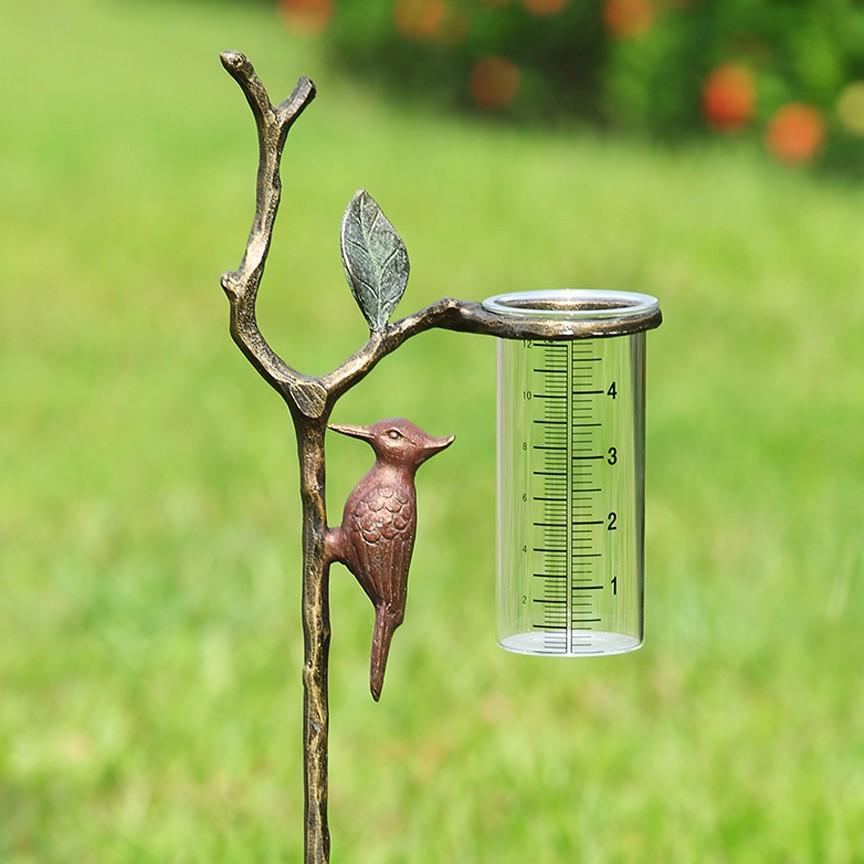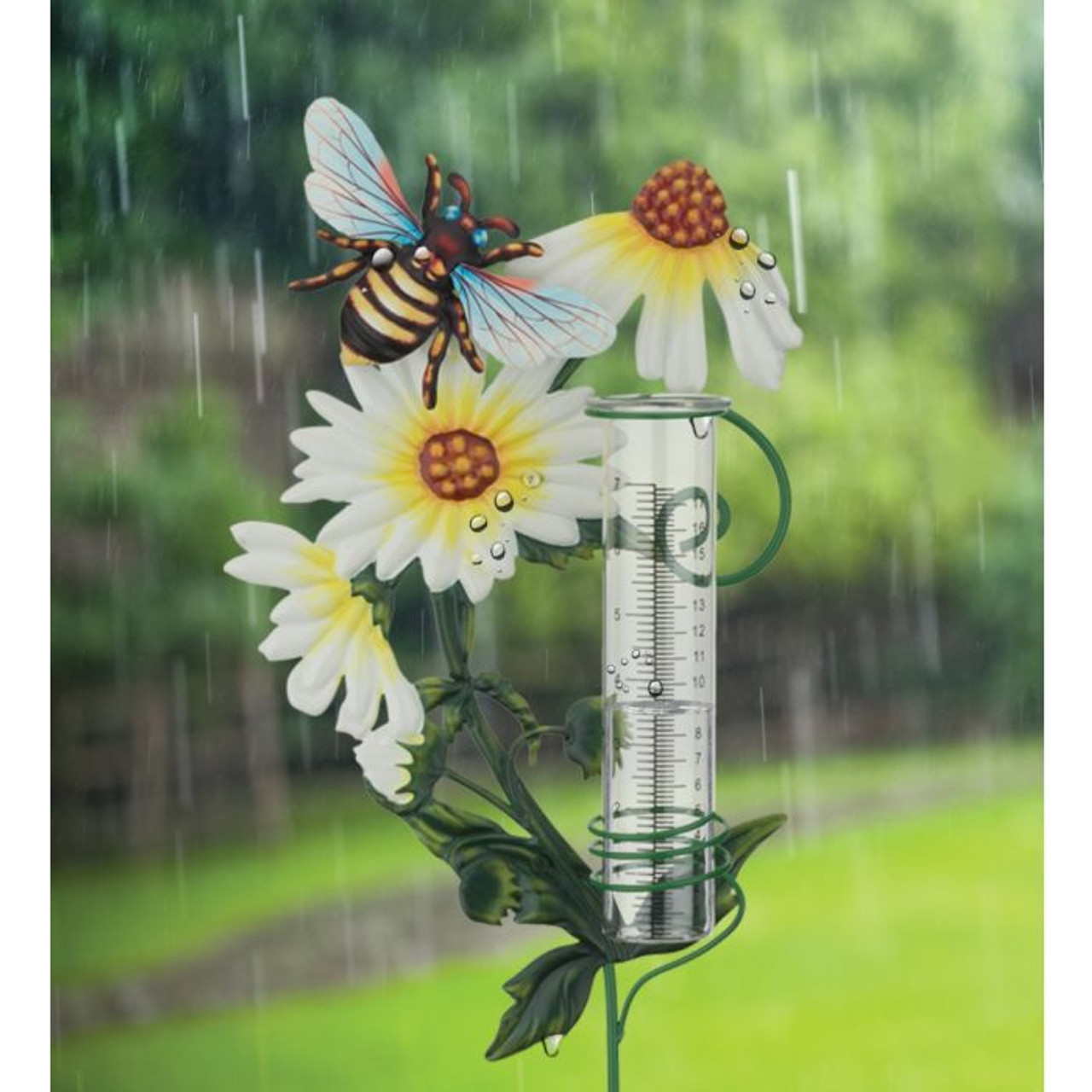The Rain Gauge: Encouraging Areas with Specific Rain Information
The Rain Gauge: Encouraging Areas with Specific Rain Information
Blog Article
How to Choose the Right Rain Scale for Accurate Rainfall Information
Exact rains information is essential for various markets and tasks, such as weather forecasting, water, and farming source monitoring. To get trustworthy dimensions, it is vital to pick the appropriate rainfall gauge. This overview aims to offer important insights into the option procedure, allowing you to make enlightened choices. Taking into consideration factors such as place, type, and accuracy of the rainfall scale will assist make sure exact information collection. In addition, understanding the upkeep and calibration procedures will add to the durability and reliability of your rain scale. By complying with these standards, you can ensure precise rainfall information, allowing far better decision-making and planning for various applications.
Importance of Picking the Right Rainfall Scale
The importance of picking the appropriate rain scale hinges on acquiring reliable and exact rainfall information for precise meteorological evaluation. Rainfall data is crucial for a large array of applications, including climate projecting, hydrological modeling, and climate research. Imprecise or unstable data can bring about incorrect final thoughts and flawed decision-making procedures.

Secondly, the accuracy and accuracy of the rainfall gauge are vital. The scale must have the ability to determine rainfall with high precision, recording even percentages of rainfall precisely. It ought to also lessen errors due to dissipation, wind, and other ecological elements. Routine calibration and upkeep are important to make certain recurring precision.
Moreover, the place and installment of the rain gauge are crucial considerations. It should be positioned in an open area, away from obstructions that might impact rains measurements. The gauge should be placed at a suitable elevation and angle to avoid spilling and make sure correct catchment of rain.
Elements to Consider When Picking a Rain Gauge
When choosing a rain gauge, there are a number of essential variables to think about. These factors can significantly impact the precision and integrity of the rainfall information collected. The first element to consider is the type of rainfall gauge. There are different types offered, including standard rainfall evaluates, tipping bucket rain assesses, and weighing rain evaluates. Each type has its own advantages and downsides, so it is crucial to pick one that best matches your particular requirements and needs.
Another factor to think about is the material of the rain scale. Rainfall evaluates can be made from various materials, such as steel, plastic, or glass. The product chosen ought to be immune and sturdy to weather, ensuring that the rainfall scale will certainly withstand the elements and give precise dimensions gradually.
Accuracy is also an important factor to take into consideration. Try to find rainfall determines that have been calibrated and tested for precision. Attributes such as anti-splash rings and funnels can additionally improve the precision of the measurements.

Last but not least, think about the environment and setting in which the rainfall scale will be utilized. Various rainfall evaluates are suitable for different climates, so it is necessary to select one that is proper for the problems in your area.
Various Types of Rain Assesses Offered
To additionally explore the elements to take into consideration when picking a rainfall scale, it is essential to understand the different sorts of rainfall evaluates readily available. There are numerous kinds of rain evaluates, each with its very own benefits and downsides. One of the most typical type is the typical rain gauge, likewise referred to as the cylindrical rainfall gauge. This kind is composed of a straight-sided cylindrical container with a funnel-shaped top. It is straightforward to utilize and provides exact dimensions of rains.
Another kind of rain scale is the tipping pail rain gauge. This gauge utilizes a seesaw-like device to gather and determine rains. As the rainfall comes under the gauge, it fills up one side of the container, creating it to empty the water and tip. The variety of suggestions is counted digitally to establish the quantity of rains. Tipping bucket rain determines are preferred for their accuracy and ability to gauge rainfall intensity.
A third type of rain gauge is the weighing rainfall gauge. This gauge utilizes an equilibrium system to measure the weight of the collected rainfall. As the rain falls under the gauge, it is accumulated in a container connected to a balance. The weight of the water is measured, and the rains amount is computed based on the weight. Weighing rain assesses are very accurate yet can be a lot more pricey and need routine upkeep.
Lastly, there are also remote rain determines that usage more helpful hints progressed modern technology to gauge rains (The Rain Gauge). These evaluates use sensors and transmitters to send out data wirelessly to a main unit. Remote rain determines are hassle-free for keeping an eye on rains in hard-to-reach locations or for large data collection
Exactly How to Identify the Precision of a Rain Scale
One means to analyze the accuracy of a rainfall gauge is by conducting regular calibration measurements. Calibration involves comparing the analyses of a rain scale to a basic dimension, such as a qualified rainfall scale or a climate terminal with high accuracy. By comparing the measurements, any kind of discrepancies or mistakes in the rain scale can be identified and accounted for.
To conduct a calibration measurement, start by collecting rainfall information from both the rainfall scale and the basic measurement tool over a certain time period, such as a month. Then, compare the readings and determine the difference between them. This distinction is called the calibration error.
It is essential to keep in mind that calibration dimensions ought to be executed regularly, as environmental aspects, such as debris, temperature, and wind, can impact the accuracy of the rainfall scale over time. By carrying out routine calibrations, any changes in the accuracy of the rain scale can be detected and adjustments can be made appropriately.
In enhancement to calibration, it is also advised to clean and preserve the rainfall gauge on a regular basis to ensure its accuracy. Get rid of any debris or blockages that might affect the precision of the measurements, and inspect for any indications of damages or use that may need fixings or substitute.
Tips for Preserving and Adjusting Your Rain Gauge
Routine upkeep and calibration are essential for making sure the accuracy and dependability of your rainfall gauge in determining rains data (The Rain Gauge). By complying with a couple of basic suggestions, you can make certain that your rain scale is correctly kept and calibrated
First of all, it is essential basics to clean your rainfall scale on a regular basis to avoid any type of debris or dirt from obstructing the rain collection system. Make use of a soft brush and a moderate cleaning agent to carefully cleanse the inside and beyond the gauge. Rinse it completely with clean water and enable it to dry completely prior to re-installing it.
Secondly, it is advised to adjust your rain gauge at the very least yearly. Calibration includes contrasting the measurements of your rain scale with those of a trusted and exact reference gauge. This will assist you determine and correct any prospective mistakes in your rain gauge's dimensions.
To adjust your rain scale, accumulate a known quantity of water using a gauging container and contrast it with the dimensions recorded by your rainfall scale. Readjust the analyses appropriately to guarantee precision.

Verdict
In final thought, picking the best rain gauge is important for acquiring precise rainfall information. webpage Variables such as budget, purpose, and area must be considered when choosing a rain scale. There are various kinds of rainfall evaluates readily available, each with their own advantages and limitations. It is necessary to frequently keep and calibrate your rain scale to guarantee its accuracy. By adhering to these standards, accurate rainfall information can be gotten for various applications.
There are different types available, including standard rainfall evaluates, tipping bucket rain gauges, and evaluating rainfall evaluates.To even more check out the variables to consider when picking a rainfall gauge, it is vital to understand the various types of rain determines readily available. The most usual kind is the standard rain scale, additionally recognized as the round rain gauge.An additional kind of rain gauge is the tipping container rain scale. Calibration entails comparing the readings of a rainfall scale to a typical measurement, such as a certified rainfall scale or a weather condition station with high precision.
Report this page